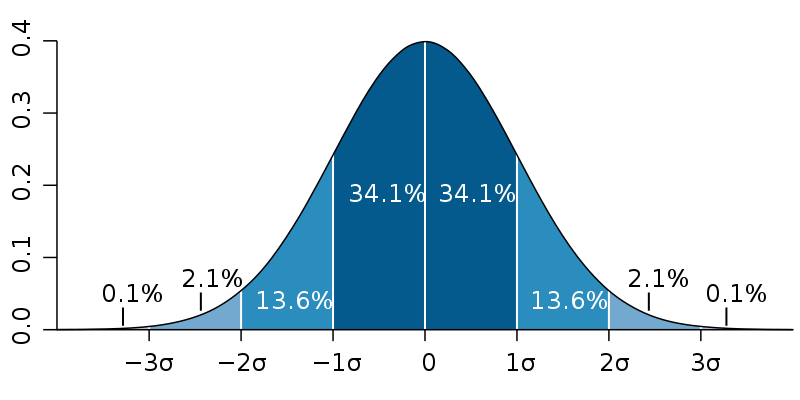404

Looks like you’re looking for something that doesn’t exist. Go to HOME and start again or search below
or checkout our Blogs that might help you better.
or checkout our Blogs that might help you better.


































































































































































